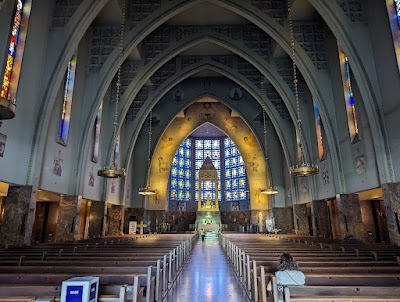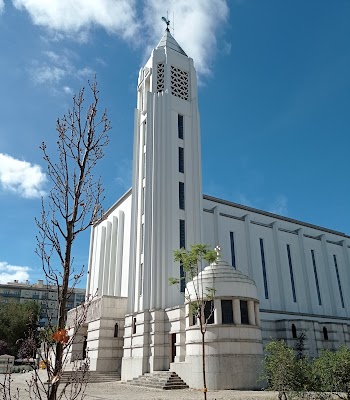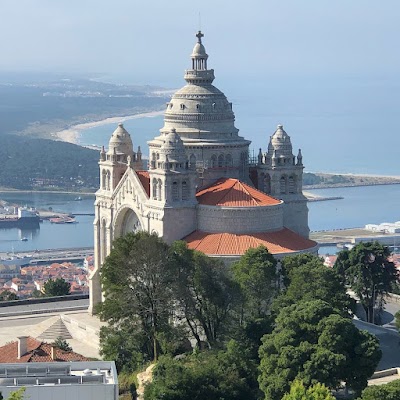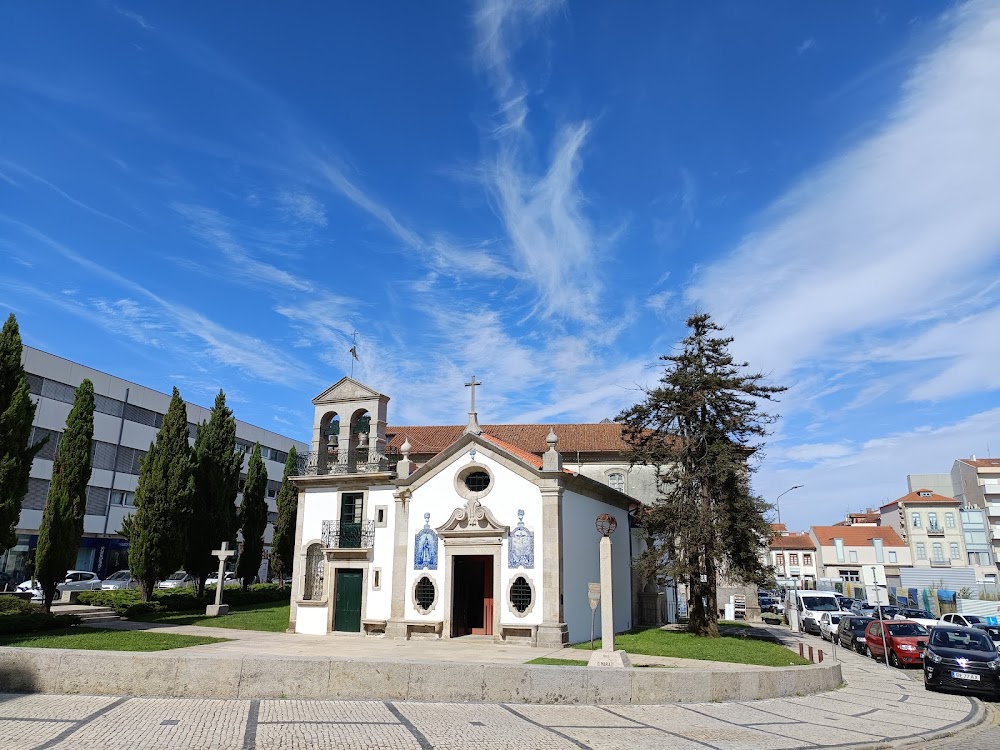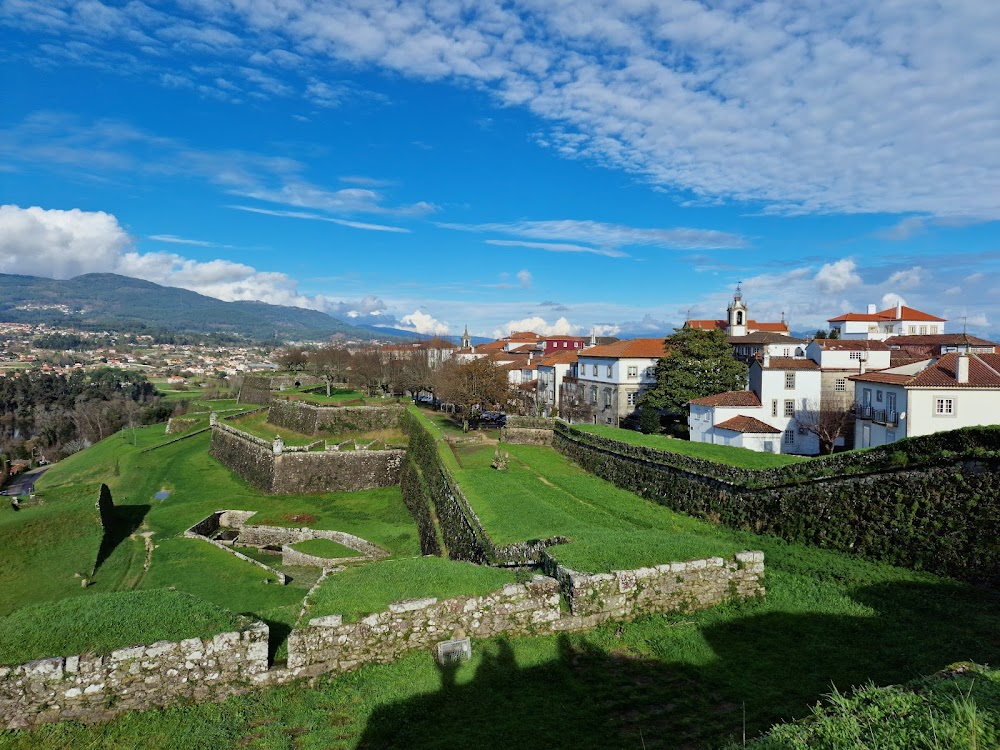Church of Our Lady of the Rosary (Igreja de Nossa Senhora do Rosário)
Overview
The Church of Our Lady of the Rosary, or Igreja de Nossa Senhora do Rosário, is a hidden gem nestled in the charming city of Viana do Castelo in northern Portugal. This beautiful church is a must-visit for anyone captivated by history, architecture, and culture. Fusing elements of Baroque and Rococo styles, it stands as both an architectural marvel and a spiritual sanctuary.
Constructed in the 17th century during Viana do Castelo’s heyday as a bustling maritime hub, the church reflects the city's prosperity through its elaborate design and stunning interior. Funded by affluent merchants and devoted locals, it was built as a testament to their gratitude and reverence for the Virgin Mary, specifically under the title of Our Lady of the Rosary.
One of the church’s most striking features is its façade, an exemplary showcase of the Portuguese Baroque style. With intricate stonework, detailed carvings, and statues, the exterior exudes a sense of grandeur and solemnity. As you approach, the impressive bell tower not only serves a functional purpose but also enhances the church's architectural beauty.
Stepping inside the Church of Our Lady of the Rosary, visitors are often awestruck by the lavish interior. The nave is adorned with gilded woodwork, intricate altarpieces, and beautiful azulejos, the traditional Portuguese ceramic tiles that depict biblical scenes and saintly narratives. The central altar is particularly breathtaking, featuring ornate gold leaf details and a prominent statue of Our Lady of the Rosary, surrounded by angelic figures.
The church also hosts several chapels, each dedicated to different saints and religious figures. These chapels are remarkable for their exquisite altarpieces and religious iconography, providing serene spaces for reflection and prayer. Art enthusiasts will appreciate the church’s collection of religious art, which includes paintings and sculptures, each telling its own historical and artistic story.
Beyond its architectural and artistic significance, the Church of Our Lady of the Rosary is steeped in cultural and historical value for the people of Viana do Castelo. It has long served as a central place of worship and community gathering, playing a pivotal role in local traditions, festivals, and religious ceremonies. One such highlight is the annual Festa da Senhora da Agonia, a major festival that features processions, folkloric performances, and traditional crafts.
A fascinating aspect of the church is its connection to maritime culture. Given Viana do Castelo’s history as a prominent port city, the church has been a sanctuary for sailors and their families, who would come to pray for safe voyages and give thanks for successful returns. This maritime heritage is reflected in various artistic elements, including azulejos and votive offerings left by sailors over the years.
For those looking to explore more, a visit to the church can easily be complemented by a leisurely stroll through the historical center of Viana do Castelo. Nearby attractions include the Sanctuary of Santa Luzia, which offers breathtaking panoramic views of the city and the Lima River, and the Museu do Traje, dedicated to the region's traditional costumes.
Visiting the Church of Our Lady of the Rosary provides a unique opportunity to immerse yourself in the rich tapestry of Portuguese culture, history, and religious tradition. Whether you are an architecture enthusiast, a history buff, or simply in search of a peaceful place for reflection, this church promises to leave a lasting impression.
In summary, the Church of Our Lady of the Rosary in Viana do Castelo stands as a testament to the city's historical prosperity, artistic heritage, and deep-rooted religious traditions. Its stunning architecture, elaborate interior, and profound cultural significance make it an indispensable part of any visit to this enchanting city. When you step inside this sacred space, you not only witness the beauty and craftsmanship of 17th-century Portugal but also connect with the spirit and devotion of the generations who have cherished and maintained this remarkable church.


